The LEDs are probably in parallel. One AA-battery has about 2000 mAh capacity, so if it lasts about 10 hours the current draw is about 200 mA.
If you use a 5V adapter, you need to drop about 2V. 2V/200mA = 10 ohms. Since these are very rough values from rough data, you need to experiment. Buy ten 10 ohm 1W resistors. With these you can get a lot of different resistances with various series/parallel combinations.
Start with 30 ohms, lower the resistance until you get the same brightness.

simulate this circuit – Schematic created using CircuitLab
Edit: you don't normally want to put LEDs in parallel, but for a cheap set of lights it can be acceptable. I ran a simple test with 4 LEDs of the same model and build lot, the brightness match is very good.
Edit2: I bought a set of fairy lights that operate one AAA battery. On this set, the LEDs are definitely wired in parallel, they are all wired like the picture. I can probe the wires at the end of the string, the voltage is about 2.6V. The step-up switcher (most likely a boost regulator) is operating at about 450 kHz. The electronics is sealed, I would have to destroy one to examine it further.





